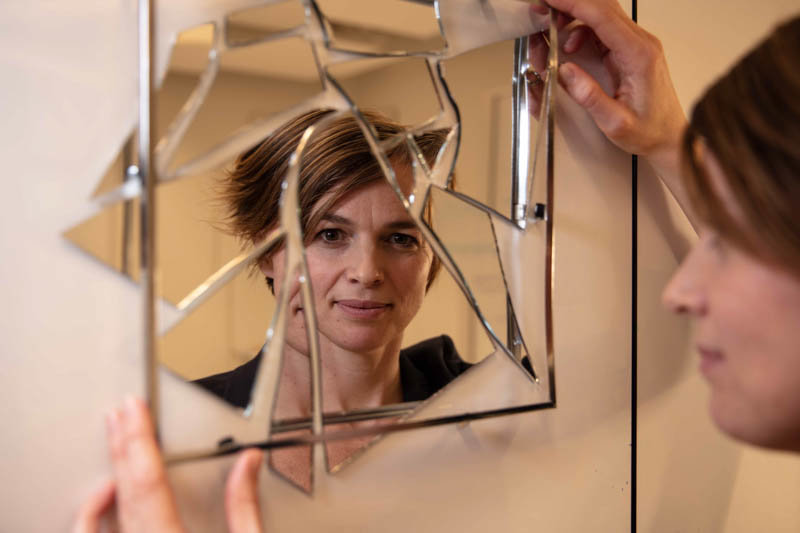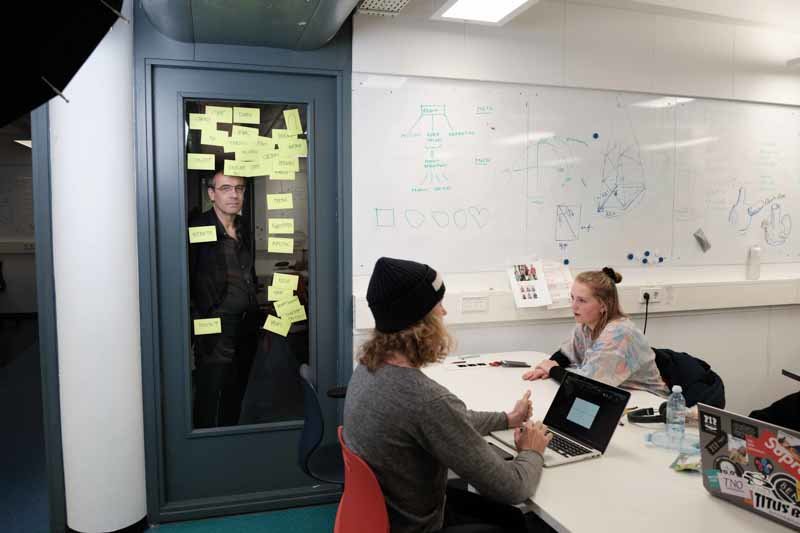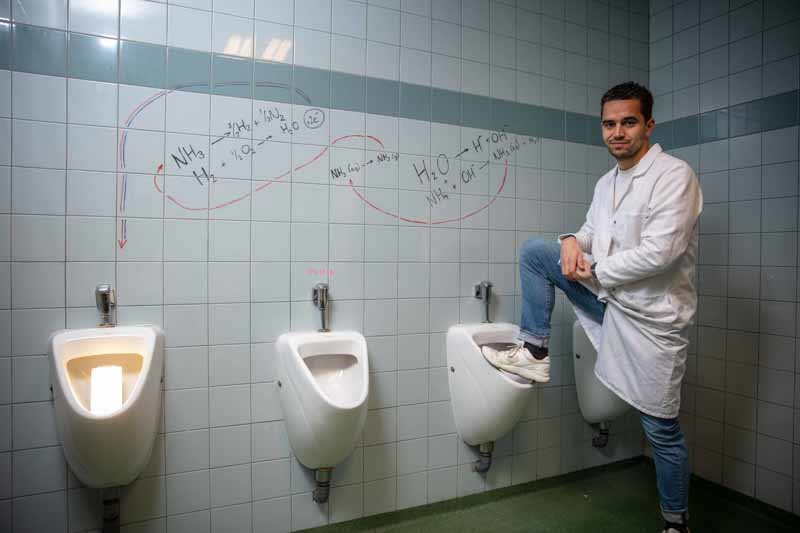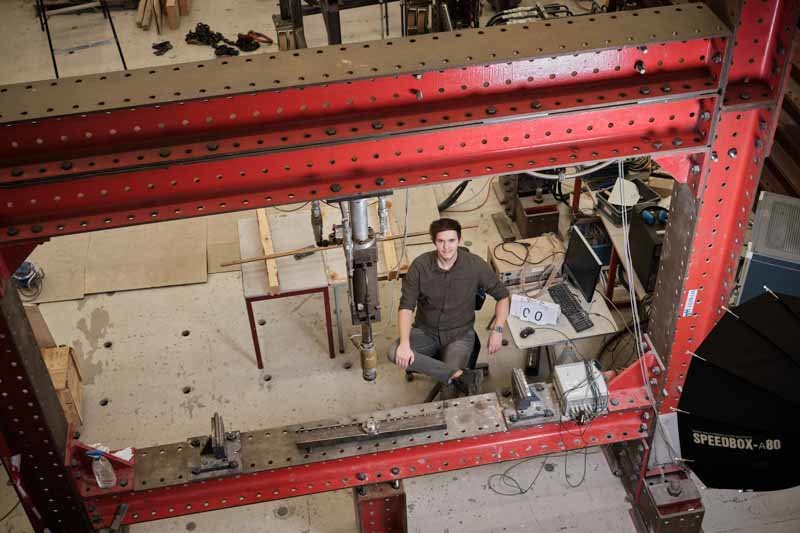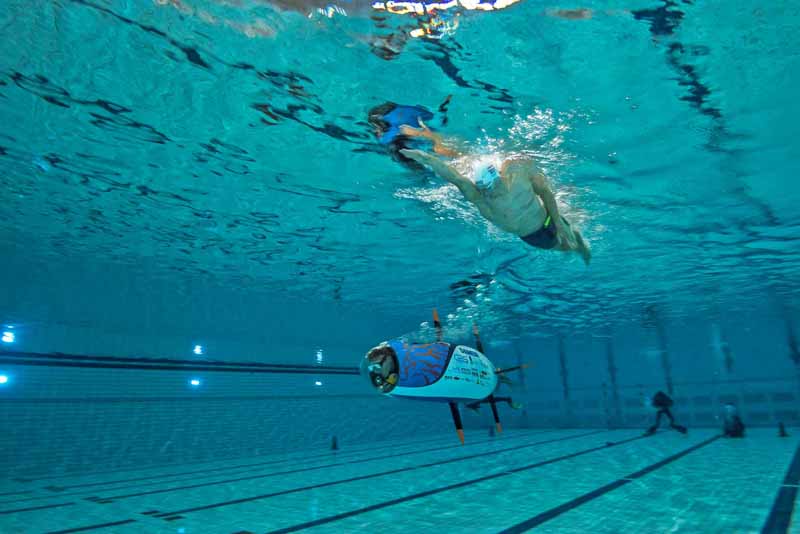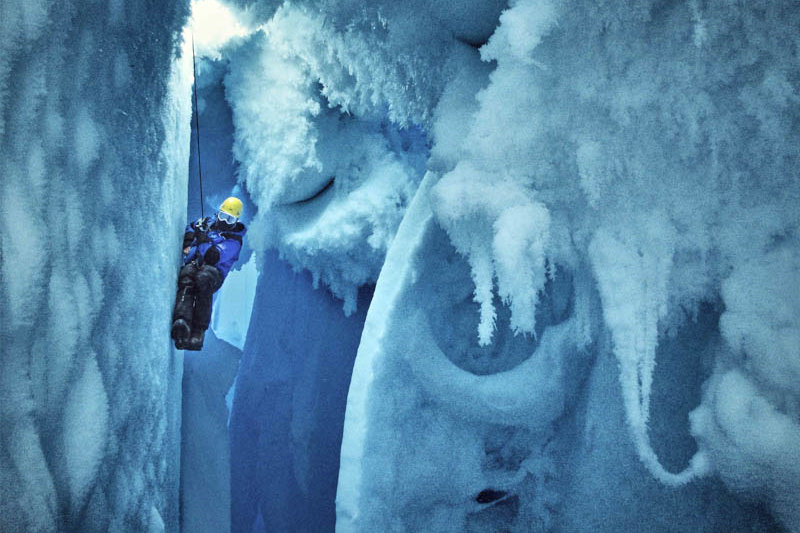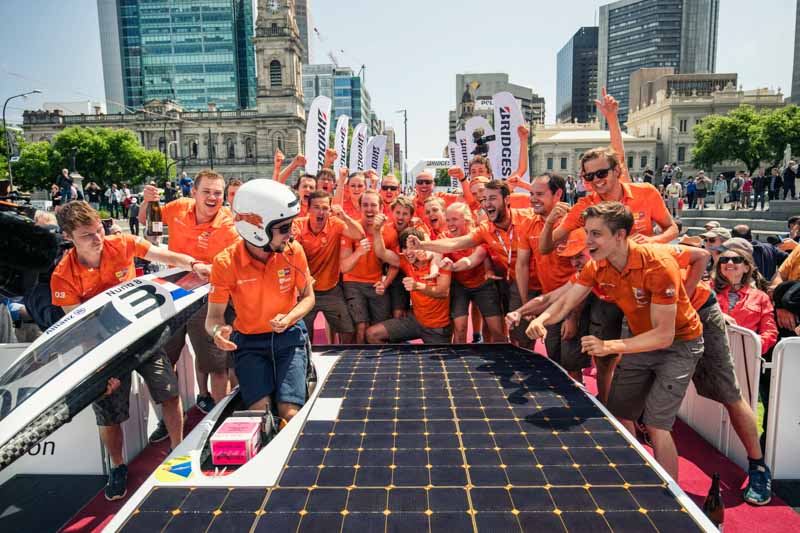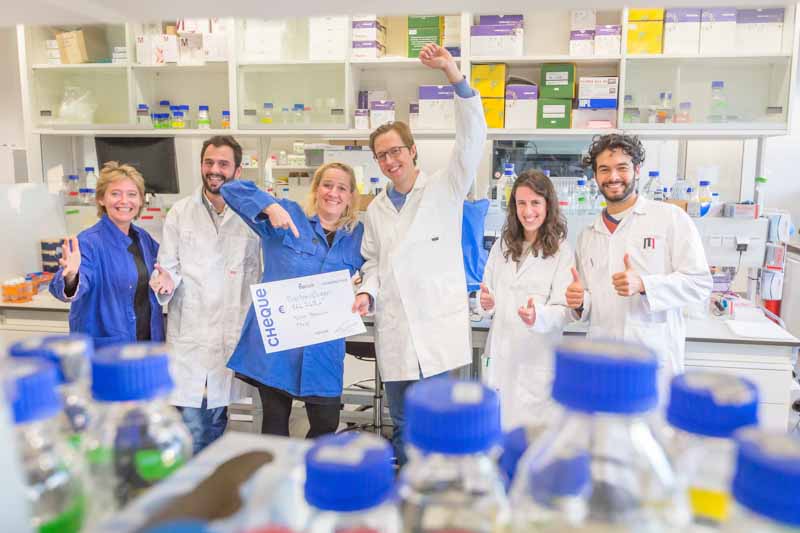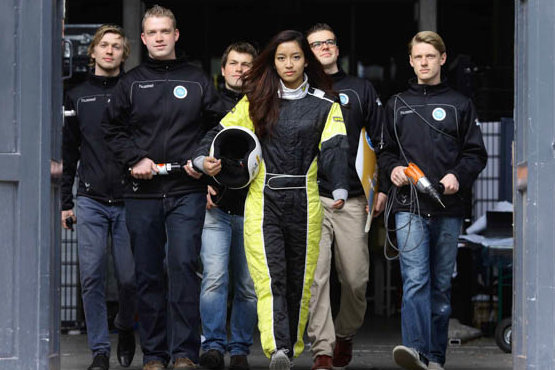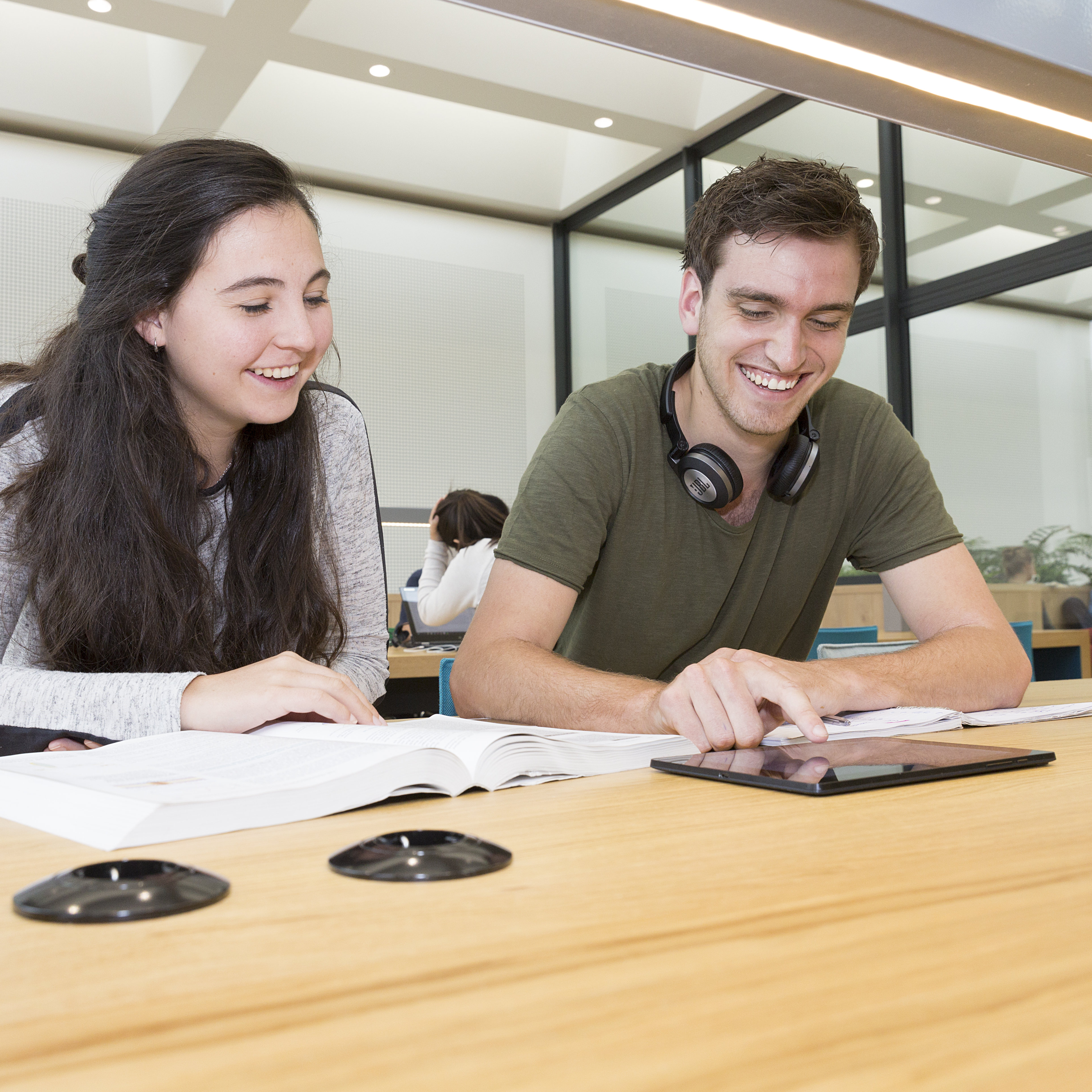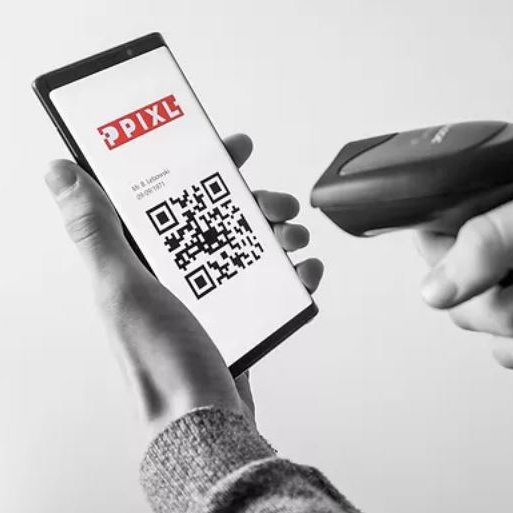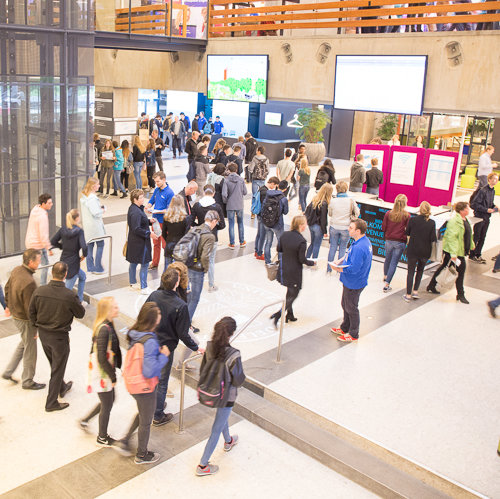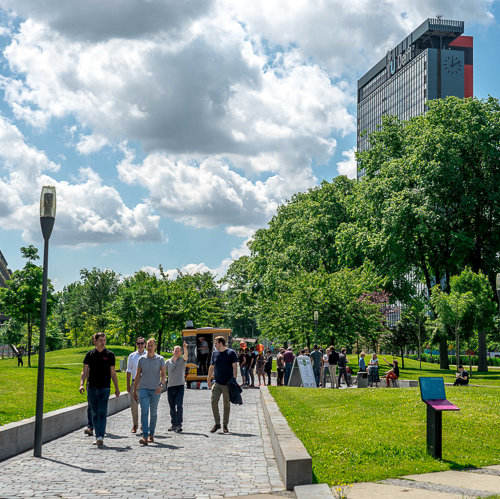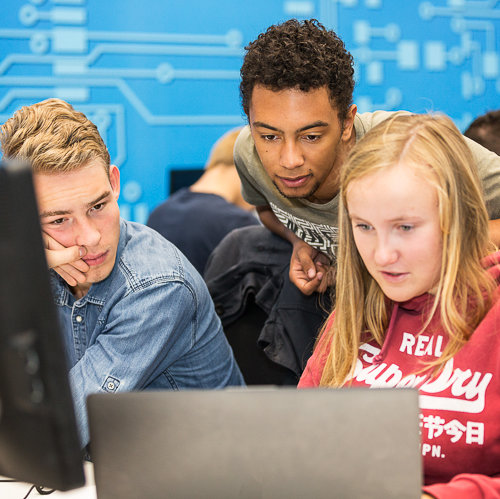Photography
Photography is a strong visual medium to support and enhance our content message and to entice our target groups to delve deeper. Our visual language is based on the TU Delft brand values.
TU Delft Image Portal
The image portal is the management system for corporate visual material of TU Delft. This tool is managed and used by the Communication Department. At this time, all of the user accounts are in use; we are investigating how we can open up the portal for wider use in the future. If you are looking for specific visual material, please send a request to: visualcommunication@tudelft.nl
Getty Images
TU Delft has a subscription with stock agency Getty Images. Stock images can be used under a number of conditions:
- Stock images are used for TU Delft purposes.
- Stock images are not provided for use by third parties or open source purposes.
- Where possible and appropriate in the design, Getty Images is cited as the source.
Use for TU Delft corporate identity guidelines
- Stock images are only used if the main subject of the message cannot be conveyed using TU Delft material.
- Where people are prominently featured in the photo, we prefer not to use stock photography but photos depicting people who work or study at TU Delft.
PPIXL
Portraits for large groups of staff can be made by photographer Marcel Krijger with his software tool PPIXL. The advantage of working with this party is that the entire process from invitation to photo delivery is fully facilitated. In addition, a recognisable style has been created in cooperation with the Visual Communication Team, which ensures consistency in the quality and recognisability of the photos. Afterwards, staff members can download the desired photos via the tool themselves and use them for various purposes such as E-service, LinkedIn and Teams.
Given the many photography assignments TU Delft grants annually, and the obligation to tender, the communication department selected and contracted 14 photographers through a tendering procedure. The photographers are divided into two categories (types of images), as photographers tend to have a specialisation.
Categorie 1: Conceptual photography
Photographers capture complex concepts and ideas in images.
They are involved in projects that explore the boundaries of science and use the power of images to tell the fascinating stories behind them.
Categorie 2: General photography
A team of versatile photographers with diverse photographic styles.
They cover academic events, research presentations, portraits of our staff and students and everything else TU Delft has to offer.
Due to the European tender, it is mandatory to purchase the services from these suppliers. Go to the Supplier Overview for Photographers here.
For the creation and use of photography and videography (in short: visual material), we always conclude an agreement with the photographer and (if applicable) also with those who are visibly portrayed in the visual material. TU Delft works with preferred suppliers, with whom we lay down in the agreement that we, as TU Delft, have the right of use of the visual material. This means that we are allowed to use the visual material for TU Delft (communication) purposes and/or other concrete purposes.
Please note! the purpose of the use must correspond to the agreements made with the photographer and/or the person portrayed.
Example: the visual material may be used on the TU Delft website, TU Delft social media channels, TU Delft printed matter such as brochures & flyers.
We also often agree that the visual material may be used by third parties, provided that this is in the context of TU Delft and serves our purposes. A third party may not sell it on, store it or use it for any other purpose. This will also have to be laid down in an agreement. So, if visual material is to be used in any other way, for example by third parties with whom TU Delft or the photographer has contact, this must always take place in mutual consultation and only with written permission.
The copyright on a photo always belongs to the creator, which means that the creator (in this case, the photographer or videographer) is and remains the owner of the visual material, and may, for example, use it for their own online portfolio. In addition, visual material may also be subject to portrait rights and, in some cases, the use of the photo requires the consent of the person portrayed (see below for more details).
When using visual material in TU Delft media, we include the name of the creator wherever possible. Unless expressly agreed otherwise, visual material must be attributed to the creator. This mainly concerns the following cases:
- printed matter, such as annual reports, books, scientific magazines; put the name of the creator directly below the image or in the acknowledgements.
- online, including social media posts: we cite the name of the creator with an @ or #.
- editorial articles on the website: we cite the name of the creator directly below the image or in a clearly visible footnote.
When a person is portrayed in a recognisable manner, this is called a ‘portrait’. In addition to the fact that the recognisably portrayed person has a portrait right to the visual material portrayed, a portrait is also data (after all, you can use it to identify a person). Under the GDPR (General Data Protection Regulation) we need the consent of the person portrayed in order to be able to ‘process’ (read: publish) the portrait. We use an Indemnity Agreement for this purpose, which is available in Dutch and English. In this agreement you agree everything concerning the use of the image with the person portrayed.
Did you know? A face does not have to be portrayed in an immediately recognisable manner in order to make a person identifiable by law (i.e. involving a portrait right and personal data). This can also be a certain characteristic body posture, silhouette, hairstyle, headgear, clothing or other external features.
As a result, for the use of visual material in which persons are portrayed in a recognisable manner, prior permission must be obtained from the person portrayed.
However, there are situations in which permission is not necessary. A number of common situations at TU Delft are mentioned below.
Example: events
When filming or photographing at a conference or event, it takes a disproportionate effort to ask all participants for permission in advance. Filming or taking photos is permitted, provided that:
- It is communicated to the visitors in writing beforehand (upon registration and/or arrival) that filming/photography will be taking place at the event.
- The images have a journalistic purpose, i.e. reporting on the event. This means that the images may not simply be used for other purposes, such as promotion for a future event. If you have more than one purpose, make sure you have an agreement with the people portrayed.
- Publication does not violate a reasonable interest of the person portrayed. Think of situations in which a person’s private life would be harmed by publication (privacy interest).
Example: photographing ‘spontaneous’ situations with people outside on the campus.
The use of portraits taken outside the campus is permitted in principle, provided that the publication does not harm a reasonable interest of the person portrayed. Here, too, it is relevant what the purpose of the photography is and how prominently the person is portrayed in the photo. If the aim is to take a photo of the public road, it is almost inevitable that ‘passers-by’ will be photographed.
Example: photographing ‘spontaneous’ situations with people in TU Delft buildings.
Stricter rules apply to photos taken in enclosed spaces. In the event of deliberate filming or photographing inside TU Delft buildings, written notice must always be given in advance. In addition, here too, the publication of the images must not harm the reasonable interests of the person portrayed.
